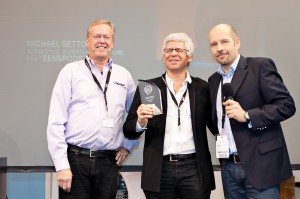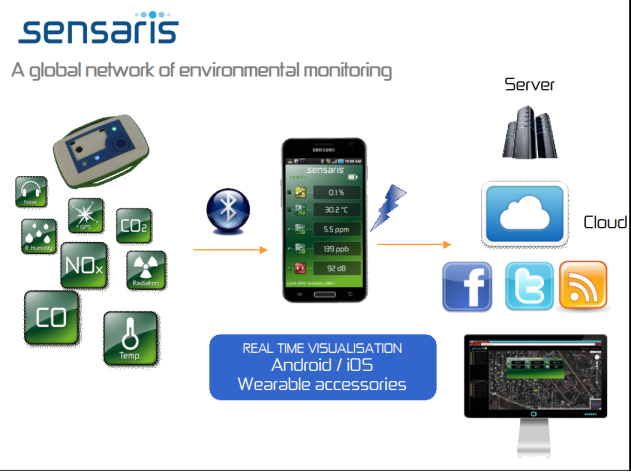The urban bicycle boom in Europe seems to be a steady trend, and there seems to be more benefits than just fitness and global warming. In Toulouse, France, Oramip (http://www.oramip.org) in charge of measuring air quality in the Midi-Pyrennees region, conducted in 2008 and 2009 a very interesting study comparing the exposure to NOx, CO and fine particles for different modes of transportation.
Personal exposure for various transportation modes.
The main results are reproduced below:
Car:83 ppb (156 µg/m3)
Bicycle:12 ppb (22 µg/m3)
Pedestrian: 20 ppb (22 µg/m3)
Metro: 13 ppb (22 µg/m3)
Bus: 33 ppb (22 µg/m3)
Car:1.05 ppm (1.2 mg/m3)
Bicycle:0.08 ppm (0.09 mg/m3)
Pedestrian: 0.120 ppm (0.14 mg/m3)
Metro: Too low to measure (0 mg/m3)
Bus: 0.03 ppm (0.03 mg/m3)
Car: 60 µg/m3
Bicycle:38 µg/m3
Pedestrian: 43 µg/m3
Metro: 292 µg/m3
Bus: 75 µg/m3
This is quite interesting as it shows that bicycling not only helps you stay stay fit, but also it is better for your lungs !
The results are consistent with work done in 2009 by Woodrow Pattinson at the University of Canterbury in New Zealand Cyclist exposure to traffic pollution: microscale variance, the impact of route choice and comparisons to other modal choices in two New Zealand cities which concludes:
“Final comparative exposure results largely agreed with those of international studies. The cyclist (on-road) fared relatively well against other modes. Carbon monoxide exposure for the car was around 2.6 and 2.3 times higher than both the cyclist and bus, in Christchurch and Auckland, respectively. Train exposure was lower still - by a factor of 4.3, compared to car. The cyclist was also the least exposed for ultrafine particles – by a factor of 1.6, compared to car and bus concentrations which were roughly the same.
There was not a lot of variation between modes for mean PM1.0-10 exposure. PM10 was highest for the cyclist in Auckland, but only 4% greater than bus, whereas this difference was 23% in Christchurch, in favour of the cyclist. The bus mode also had the highest mean exposure for PM2.5 and PM1.0 in Auckland, while the cyclist was slightly lower than car. The bus was also highest in Christchurch, followed by the cyclist and then the car. The higher levels in the bus are likely due to diesel self-pollution and intake of outside air through open windows and the continual opening of doors.»
The level of PM10 found for Auckand (See below) is pretty close to that measured in Toulouse:
From these studies in two different hemispheres, one can clearly state that from every point of view, mayors of smart cities are right to encourage bicycling for their citizens…..To be continued.
Documents of interest:
Urban bicycle boom in Europe
Personal exposure to air pollution for various modes of transportation in Toulouse









